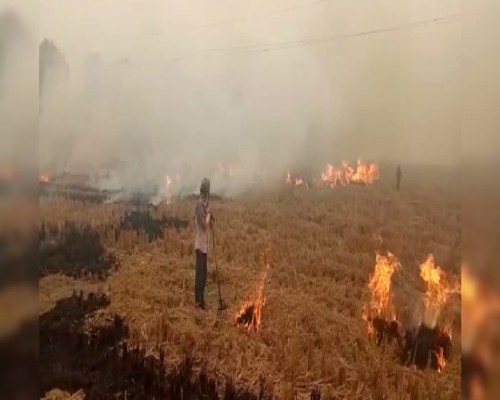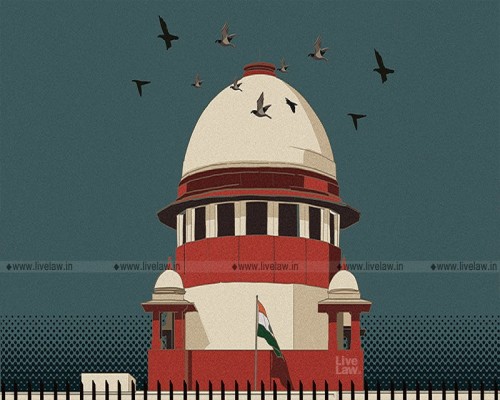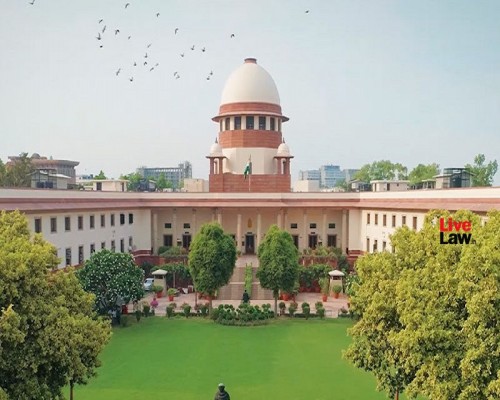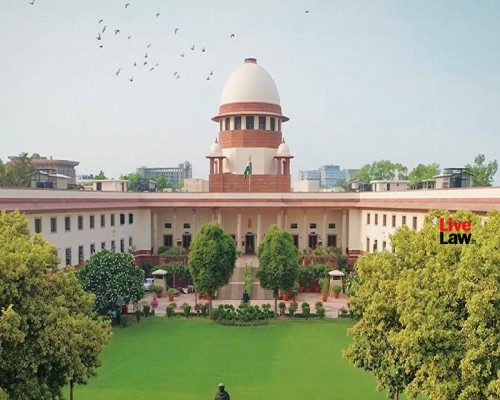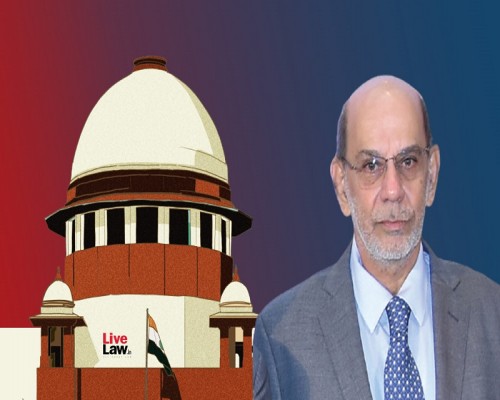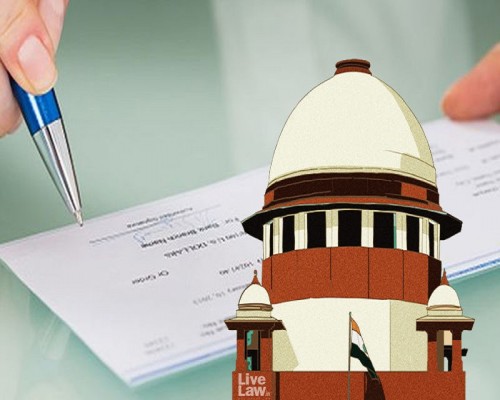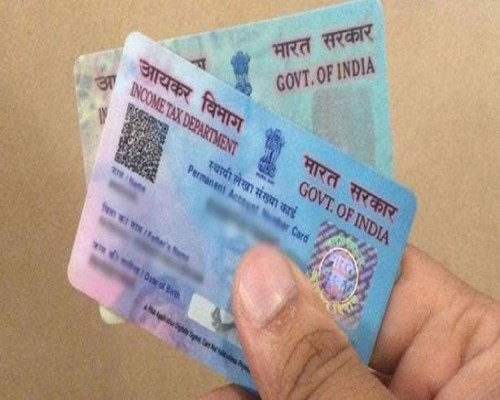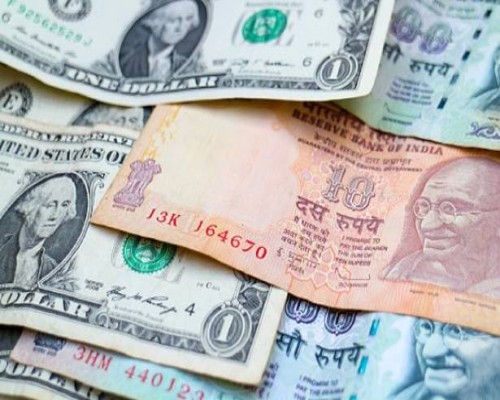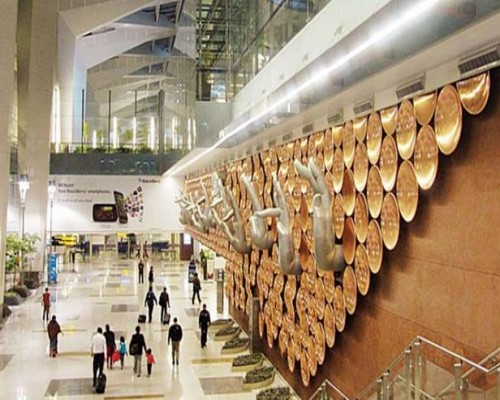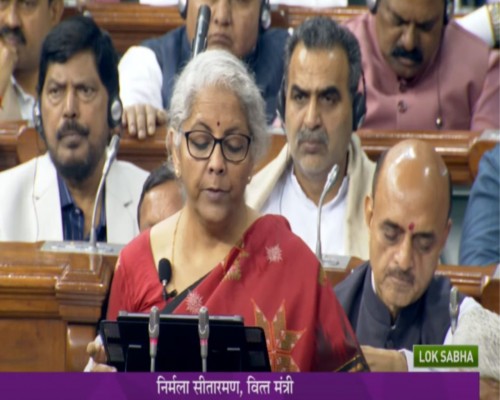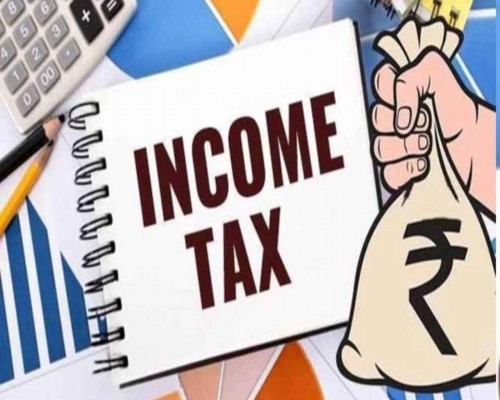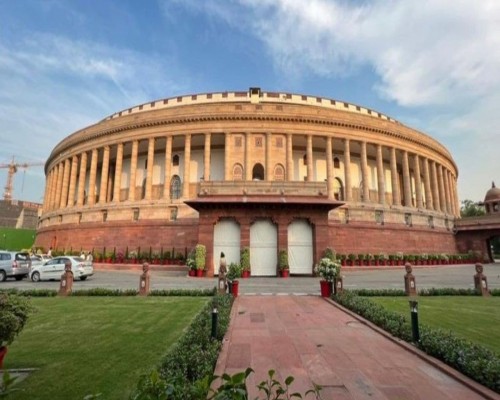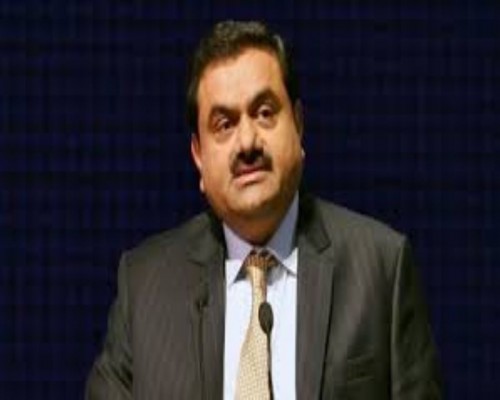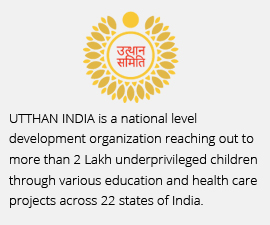"Budget 2025: A Lifeline for Auto Parts, Banarasi Saree Zari Work, Footwear, and Apparel Industries Amid Challenges"

Auto Parts Industry Faces Multi-Faceted Challenges, Awaits Government Support
Rising Costs, Tax Burdens, and Market Competition Strain Ludhiana's Auto Parts Sector
The auto parts manufacturing sector, a significant contributor to employment and economic growth in India, is grappling with mounting pressures. With a total domestic auto component market worth $57 billion, the industry is struggling to cope with increasing costs, tax burdens, and resource shortages. The challenges have been particularly acute in Ludhiana, a major hub for the sector.
Key Highlights:
• Market Overview: India’s auto parts sector generates a business of over ₹10,000 crore annually, employing millions directly and indirectly. However, 25% of the auto parts companies in Punjab, including Ludhiana, are experiencing financial strain.
• Export Decline: Around 60% of auto components are typically exported, but this percentage has dropped significantly due to global market challenges and insufficient support mechanisms.
Current Challenges:
1. Steel Price Hikes: A surge in steel prices has raised manufacturing costs. With steel contributing heavily to auto component production, this price hike is eating into profit margins.
2. Increased Taxation: Recent government policies have added a 25% tax burden on steel imports, exacerbating the financial woes of manufacturers.
3. Limited Technological Upgrades: Many smaller companies lack the resources to invest in advanced machinery and processes, further reducing their competitiveness in both domestic and global markets.
Industry Pleas to the Government:
The auto parts industry has called upon the central government to introduce policies that can ease the tax burden and boost the sector's global competitiveness. Key demands include:
• A reduction in steel import duties to alleviate production costs.
• Infrastructure and financial support to scale up technological upgrades.
• Policies promoting local production of high-quality raw materials to reduce dependence on imports.
• Comprehensive export incentives to revive the 60% export contribution the industry once enjoyed.
Future Projections:
Experts suggest that the auto component market is poised to grow to $200 billion by 2026. However, this growth is contingent upon significant governmental support. With employment opportunities for over 50 lakh people at stake, the auto parts manufacturing sector remains a critical area for intervention.
Industry Voices:
“Companies are bringing out new models daily. In the next 5-7 years, the demand for auto parts will skyrocket, but it will only be met if the government supports manufacturers with incentives,” stated Umendra Ashu, President of the Auto Component Manufacturers Association of India.
The government’s recent proposal to impose a 25% tax on steel imports has drawn sharp criticism. Industry stakeholders argue that such measures hinder their ability to compete globally, emphasizing the urgent need for tax relief and a comprehensive roadmap to strengthen the sector.



